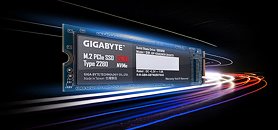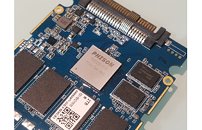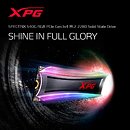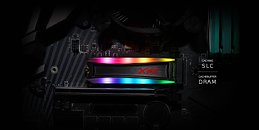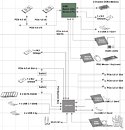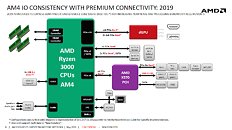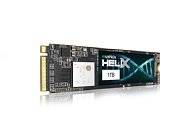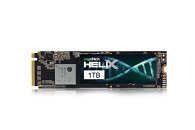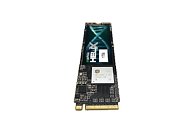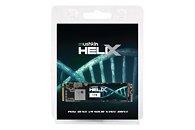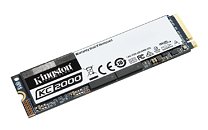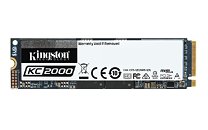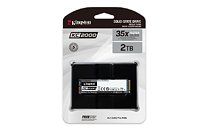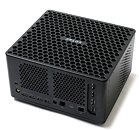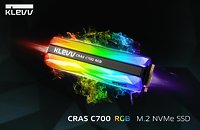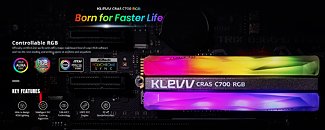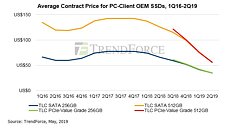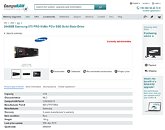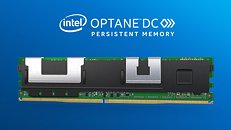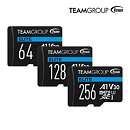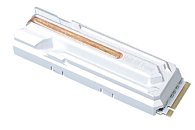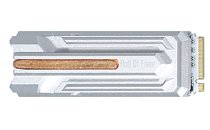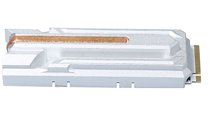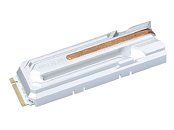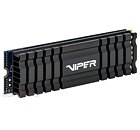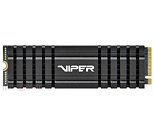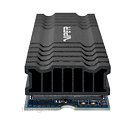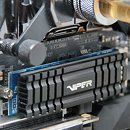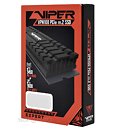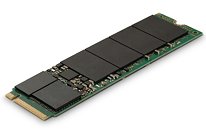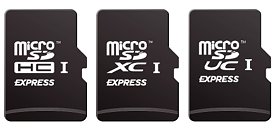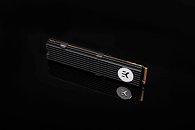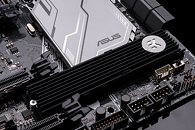
Gigabyte Teases World's First PCIe 4.0 M.2 SSD With Speeds up to 5000 MB/s, Other Computex Announcements
Who would have thought that Gigabyte - who don't manufacture controllers, nor memory - would be the first company to tease a PCIe 4.0-based M.2 SSD. In a blog post on its website that serves as a warm-up for the upcoming Computex, the company says that they'll be announcing the world's first PCIe 4.0 M.2 SSD - with speeds up to 5000 MB/s at "low temperatures" - I guess that means that thermal throttling will become much more common with these new SSDs.
Any other details are currently unknown; however (and we're just speculating here), we know that Phison was preparing a PCIe 4.0 NVMe controller in the form of the E16. At the time (back in January of 2019), Phison paired their E16 controller with Micron's 96-layer TLC flash, but improvements in controller development as well as changes in the flash memory used could have brought up their - then - performance figures of expected 4.8/4.4 GB/s of read/write throughput on Toshiba's BiCS 4 flash. We'll just have to wait for Computex and see, but oh my - new PCIe 4.0 SSDs, new up-to 16-core CPUs on the 7 nm process, new 7 nm GPUs... Isn't this a great time to be a PC enthusiast? Read after the break for the rest of Gigabyte's Computex tease.
Any other details are currently unknown; however (and we're just speculating here), we know that Phison was preparing a PCIe 4.0 NVMe controller in the form of the E16. At the time (back in January of 2019), Phison paired their E16 controller with Micron's 96-layer TLC flash, but improvements in controller development as well as changes in the flash memory used could have brought up their - then - performance figures of expected 4.8/4.4 GB/s of read/write throughput on Toshiba's BiCS 4 flash. We'll just have to wait for Computex and see, but oh my - new PCIe 4.0 SSDs, new up-to 16-core CPUs on the 7 nm process, new 7 nm GPUs... Isn't this a great time to be a PC enthusiast? Read after the break for the rest of Gigabyte's Computex tease.
